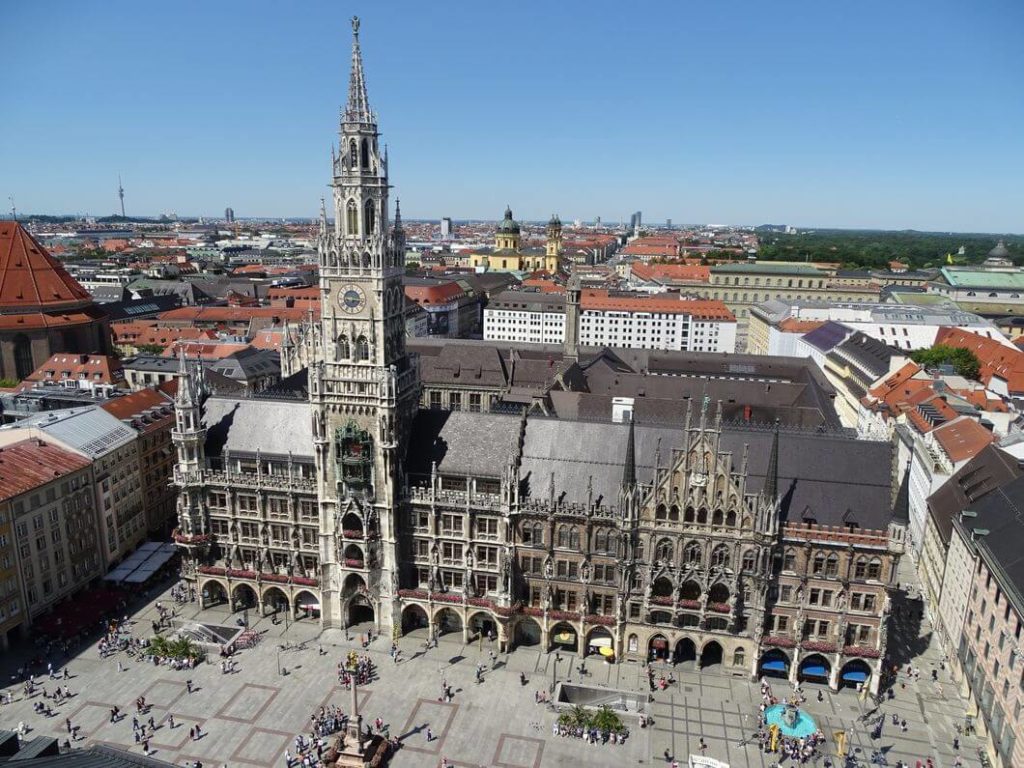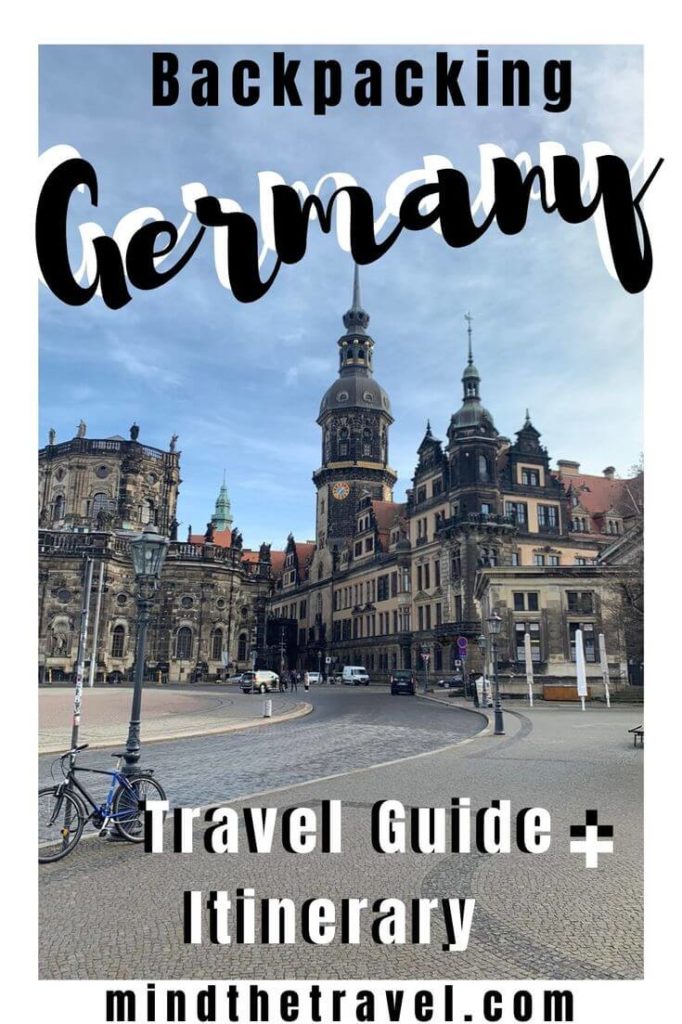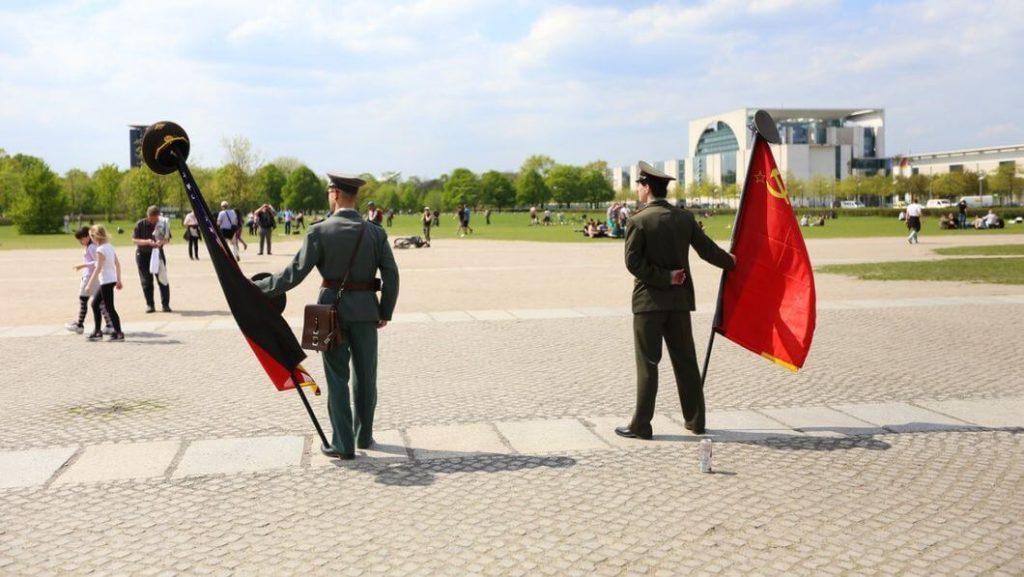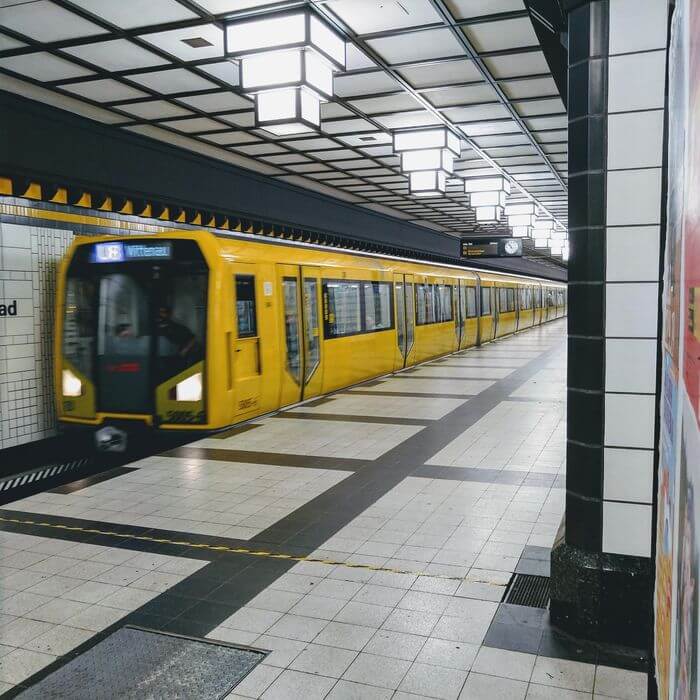Best Places to Visit in Germany
The Berlin Wall
The Wall was built in 1961 and divided Berlin into the eastern and western sides. All attempts to cross the concrete Wall, moving from East to West Berlin, were brutally suppressed. In 1990, after the destruction of the Wall, only a small part of it remained as a reminder.
When you reach the symbol of the Cold War, it’s easy to understand the feelings of thousands of people who wanted to flee the communist East Germany. With the popular museum located nearby, it has an informative exhibition telling ordinary people’s stories and revealing the way the Wall had influenced people from both sides of the Iron Curtain.
Neuschwanstein Castle
Despite the fact that King Ludwig’s aspirations were not fully realized, today the Schloss Neuschwanstein is one of the most famous landmarks in Bavaria. It has never been used for defensive purposes as the castle was primarily built as an illustration or theatrical scene for Richard Wagner’s operas.
Situated in the southwest of Bavaria near the Austrian border and the Hohenschwangau castle, it embodied king Ludwig’s ideas and fantasies about the German Middle Ages and elevated this romantic image. Neuschwanstein castle is one of my favorite places in Europe. Be sure to get there as early as possible to avoid crowds.
The Romantic Road
One of the most famous tourist routes in Germany. It stretches from Wurzburg to Fussen and passes through numerous picturesque villages and towns, allowing you to discover valleys, fairytale castles, and hidden gems of Bavaria. While passing the medieval churches, rural hotels, and half-timbered houses, you’ll feel immersed in an ancient German culture. A great route to take as a couple or family.
Augsburg
When going up or down the Romantic Road you just can’t miss Augsburg. This city was founded by the Romans and named after Emperor Augustus. With so many historic sites all around like St. Anne’s Church where Martin Luther was hiding and the Town Hall of Augsburg with its Goldener Saal, Augsburg is one of the oldest cities in Germany and amazing urban destination.

Cologne
A lot less touristy city than Munich or Berlin, Cologne is big but not overwhelming. With a convenient U-Bahn system, it is quite easy to discover its hidden gems. Head to the Cologne Old City (Altstadt) to experience its vibrant nightlife.
Don’t miss out on visiting bars and clubs in the Belgian Quarter, Ehrenfeld and around Rudolfplatz and, of course, the Old Cathedral. Being Germany’s fourth-largest city, travelers usually stick to the Altstadt, while skipping unconventional places with street art and tasty cheap food. Cologne is a diverse city that certainly worth a visit.
Lake Constance
The Bodensee (Lake Constance) is the right place to connect with nature. Located in the country’s southwest, the largest lake in Germany has much to offer for travelers. The area around the lake has a rich culture, villages steeped in history and great opportunities to sail along the border with Switzerland and Austria.
This is an important region for fruit production. Foodies and wine enthusiasts won’t want to miss Lake Constance. Aside from a broad range of wines, the island of Reichenau is famous for vegetable farms and Benedictine abbey, while the island of Mainau is home to a butterfly house and a botanical garden with exotic plants.
Schwarzwald (The Black Forest)
Legend has it Brothers Grimm were inspired by Germany’s Black Forest to write their fairy tales. Today the Black Forest inspires everyone who hikes its numerous hiking trails. Schwarzwald got its name due to the thick canopy of evergreens that are so dense the sun can’t penetrate them.
The Black Forest brings quirky myths and legends back to life. It’s famous for cuckoo clocks and delicious Schwarzwald Torte (cake) while the entire region is especially beautiful in the fall. Located in Baden-Wurttemberg, the area around the Black Forest has many cultural traditions, historical sites, and distinctive towns.
Oktoberfest
The most famous beer festival in Germany is also one of the top cultural events in Europe. The festival takes place in Munich, in mid-September and lasts more than two weeks. Here you can enjoy German beer from giant stein, forget good behavior for a day, and get carried away by the songs, the atmosphere, and the collective hangover.
If you find yourself there, make sure to grab the delicious Bavarian sausages, sauerkrauts, pickled cabbages, and Schweinshaxe. With so many people attending Oktoberfest, capacious beer tents are built to accommodate everyone. Each tent has its own personality with unique beers from oak barrels and chefs offering snacks. Every time I visit Oktoberfest I really enjoy it and I’m already planning my next trip.
The Bastei Bridge
The mighty Bastei Bridge in Saxon Switzerland is a truly unique tourist attraction that dates back to the early 19th century. The Bastei Bridge, only a short day trip from Dresden, is a great weekend getaway in Saxony. It’s only 50 km (31 mi) from Dresden and serves no purpose, other than letting tourists admire the scenic views of Saxon Switzerland.
The Bastei Bridge hovers at an altitude of 200 meters among the sandstone cliffs. The first wooden bridge was built here in 1826 and was replaced with a more durable one built with sandstone in 1851.
The Bastei Bridge consists of seven arches that span an impressive 40m deep ravine. From the very beginning, the bridge attracted travelers, hikers, photographers, and outdoor enthusiasts. Having several hiking trails, it also has an observation deck with the stunning views of the surroundings. There is also a Konigstein Fortress – the biggest castle in Saxon Switzerland – with a military and history open-air museum.
Checkpoint Charlie
Following the construction of the Berlin Wall, Checkpoint Charlie became the main demarcation point between Western-occupied West Berlin and Soviet-occupied East Berlin. Located at the junction of Friedrichstraße with Zimmerstraße, this checkpoint was still one of the few places where people permitted to cross between the former American and Soviet sectors of the city could do so. Although the site of Checkpoint Charlie, with fast-food eateries in close proximity, no longer feels nearly as impressive as it did back then, this checkpoint is still a silent reminder of Berlin’s horrible past.
By the end of the Cold War, the original wooden shack was replaced with a replica and a few sandbags near it. While taking photos with cheesy dressed up guards may be overpriced, the Checkpoint Charlie Museum (Mauer Museum) has fascinating insights into the Cold War. If you have a Berlin Pass, you can get free admission to Checkpoint Charlie Museum.
Zwinger
The Dresden Zwinger Palace is to this day one of the most incredible baroque buildings in Saxony. The palace impresses with its size and splendor. It’s that type of architectural masterpiece that will leave you saying ‘WOW’, make mouths open and jaws drop. The Zwinger was built for Augustus II the Strong. After returning from a grand tour through France and Italy in 1687, he had explored King Louis XIV new court of Versaille and was eager to create a similar elaborate palace for his ever-expanding art, armor and porcelain collection.
Due to the fact that Sandstone was one of the most widely used stone materials in Saxony, Zwinger’s architecture is full of distinctive details. It is free admission to the inner courtyard gardens and exterior pavilion premises which is a very nice gesture from the Government towards international travelers. Zwinger is a great place for those exploring Germany on a budget.








